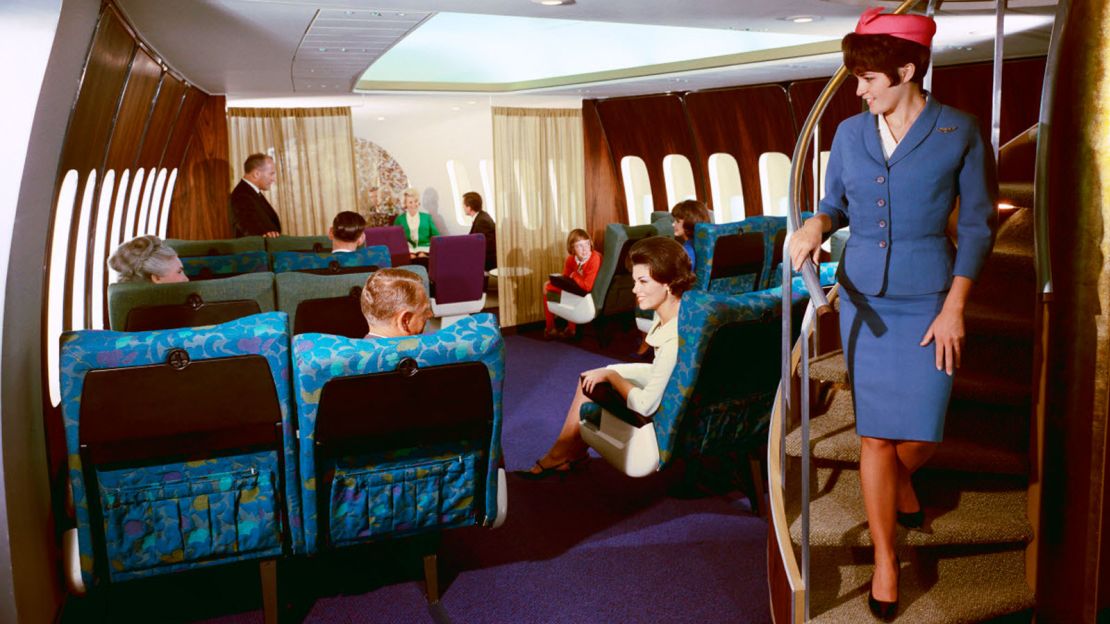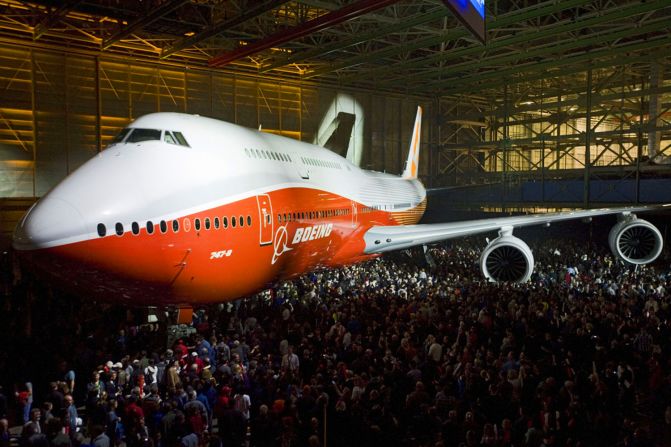Boarding a long-distance flight today, travelers are accustomed to big jets with roomy cabins, two aisles and space to walk around. But the future of flying is going to look a lot more like the dawn of the Jet Age 60 years ago, when aircraft were considerably smaller.
Airbus is betting that this is how we’ll travel in the future. Its A320 family has evolved over the last 30 years, adding bigger and smaller models capable of crossing continents.
Airbus has incrementally improved the A321 – the largest of its one-aisle aircraft – since it first flew in 1993. In 2013 it added “Sharklets” (what Airbus calls its winglets), new engines in 2016 and extra fuel tanks in 2018.
Extra Long Range
This summer’s Paris Air Show saw the launch of the Airbus A321XLR, the latest in the line. The “XLR” stands for “Extra Long Range.”
In a 175 to 200 passenger, three-class layout with business-class lie-flat seats, premium economy and economy cabins, the XLR will be able to range out as far as 4,700 nautical miles, or 8,700 kilometers. At the plane’s maximum 244-seat passenger capacity, the range drops to 4,000 nautical miles, or 7,400 kilometers.
The XLR will be able to link cities like Rome and New York, London and Delhi, and Tokyo and Sydney. These extended international journeys are reminiscent of the start of global jet travel.
“I think we are really in a ‘Back to the Future’ moment here,” says Henry Harteveldt, travel industry analyst and founder of Atmosphere Research Group.
In the late 1950s, travelers marveled at the speed and comfort of the early Douglas DC-8s and Boeing 707s. Those pioneering jetliners ushered in a new era in international travel, although sometimes the planes couldn’t quite reach their destinations without a mid-route refueling stop.
Douglas and Boeing quickly began improving the planes’ range, and it wasn’t long before passengers had non-stop service between distant cities, including ocean-spanning hops.

Then, 50 years ago in 1969, the jumbo Boeing 747 appeared. The “Queen of the Skies” changed airline travel forever.
Much bigger than a 707, passengers now felt like they were flying in a large room with two aisles instead of a metal tube with a single aisle. It wasn’t long before airlines shifted long-range travel to wide-body airliners like the 747 and its contemporaries, the Douglas DC-10 and Lockheed L-1011 TriStar.
Over the decades, twin-aisle aircraft like Boeing’s 767, 777 and 787, and the Airbus A330, A350 and A380 have become the standard for international travel.
And while the single-aisle Boeing 757 has given yeoman’s service since the mid-1980s over medium-distance – including trans-Atlantic – routes, airlines that still operate the plane are looking to update their fleets.
Beefed up
American Airlines has chosen the A321XLR to replace its aging 757s, with 50 of the new Airbus jetliners on order.
“The A321XLR is exceptionally versatile, and I think that’s the key piece for the airlines,” says Jeff Knittel, chairman and CEO, Airbus Americas, in an interview with CNN Travel.
“What the XLR does is it gives [airlines] a broader set of alternatives to use the airplane. This is more of an expansion of the single-aisle capabilities than anything else. It’s not a replacement of wide-body aircraft.”
Thanks to the efficiency and flexibility of the XLR, Knittel explained that airlines will be able to schedule the plane on a short connecting flight, say Miami to New York, and then fly to Paris on its next flight.
To reach distant destinations, the A321XLR will be equipped with a newly designed rear center fuel tank, located in the fuselage behind the wing. The plane’s landing gear has been beefed up to handle the extra weight of the fuel, with the plane’s overall takeoff weight increased compared to other A321 models.
Passenger experience
But will long flights in an XLR be an endurance test for passengers?
Airbus has experience making the longest trips on Earth with its bigger A350ULR ultra-long-range jetliner, which is now flying for Singapore Airlines on routes such as Singapore to New York, a 19-hour plus airborne marathon.
According to Knittel, that experience has been applied to the A321XLR.
“We’ve used all of the talents of Airbus to come together on the XLR and really optimize the airplane from a passenger experience perspective. The airplane in terms of systems has been optimized for longer-range flights for up to 10-hour flights, whether it’s [lavatory] holding tanks, water storage or trash,” he says.
The XLR will be equipped with the latest Airspace by Airbus interior fittings, including re-contoured sidewalls, programmable LED-lighting and larger overhead luggage bins, that Knittel said are “about 40% bigger in volume” than previous designs.
As always, it’s up to the airlines to decide on seat types and configurations, as well as in-flight entertainment and connectivity systems.
But no matter what airlines do to optimize the in-cabin passenger experience, they can’t speed up the plane – the A321XLR cruises at a lower airspeed than its wide-body cousins. For example, a westbound flight from Paris to Boston could take up to 50 minutes longer in an XLR than an A350.
“I think passengers will look more at departure time, price and on-board amenities. And to be very honest, there’s so many other factors that go into a flight’s total travel time,” says Harteveldt.
“An airline may use this to intentionally stratify the market,” he adds. “The A321XLR may be a little slower, so the airline could offer more, lower-fare seats on those flights because it’s going to take a little bit longer. On the other hand, the faster jet may not have as many low-fare seats.”
Scheduling flexibility
A mixed fleet of A321XLRs and faster, wide-body aircraft could give airlines scheduling flexibility, linking new cities or adding additional flights on existing routes without adding too much new seating capacity.
The first XLRs will be rolling off the Airbus assembly lines in Mobile, Alabama and Hamburg, Germany, in 2023 or 2024.
Airlines and leasing companies, including JetBlue Airways, Iberia, Air Lease Corp (which will rent them out to other airlines) and Saudi Arabian Airways have ordered the plane or converted previous orders for A321s to the new variant.
And while Harteveldt says he expects wide-body jetliners will continue to serve major, high-capacity routes, “I really do see a day coming where I think you will be back to a significant number, perhaps a majority of trans-Atlantic and other long-haul routes being operated by narrow-body, long-range airplanes.”

















